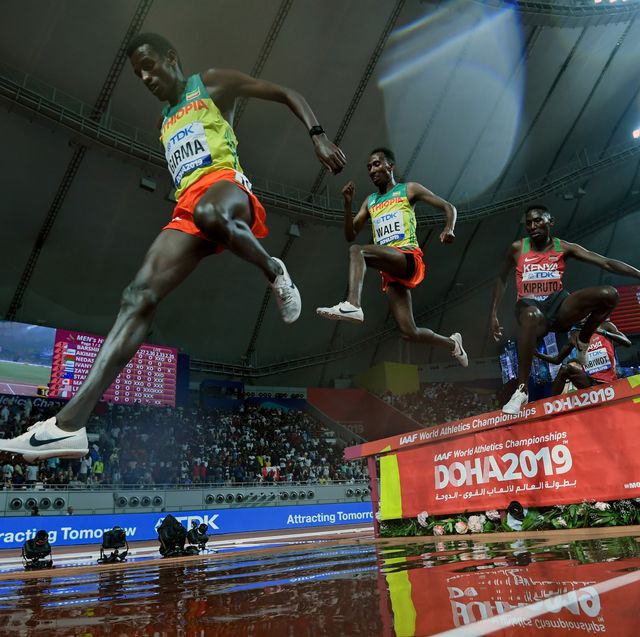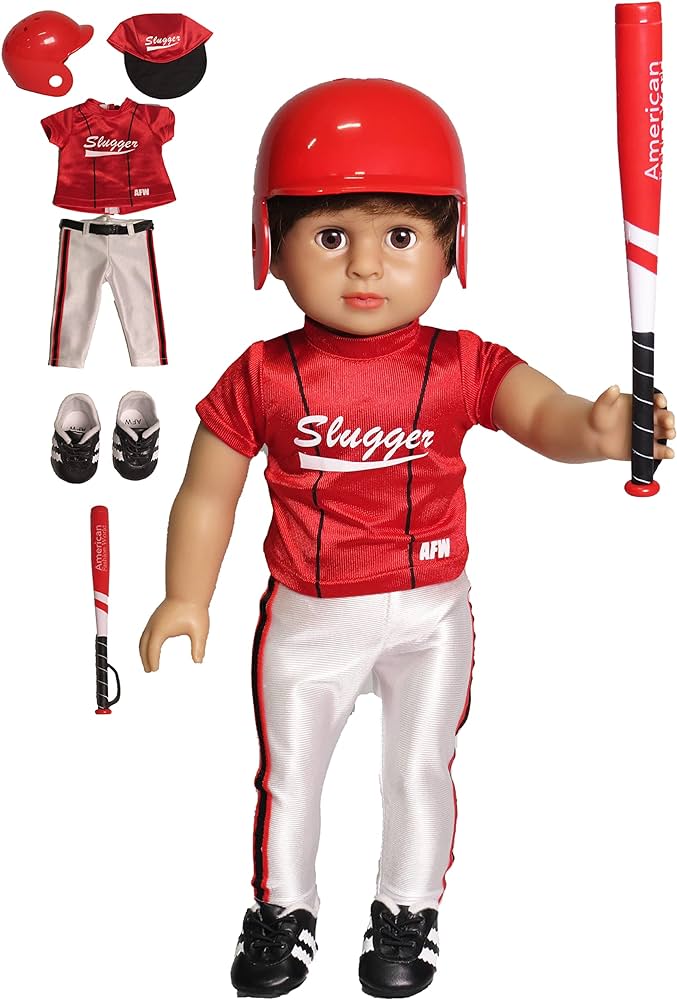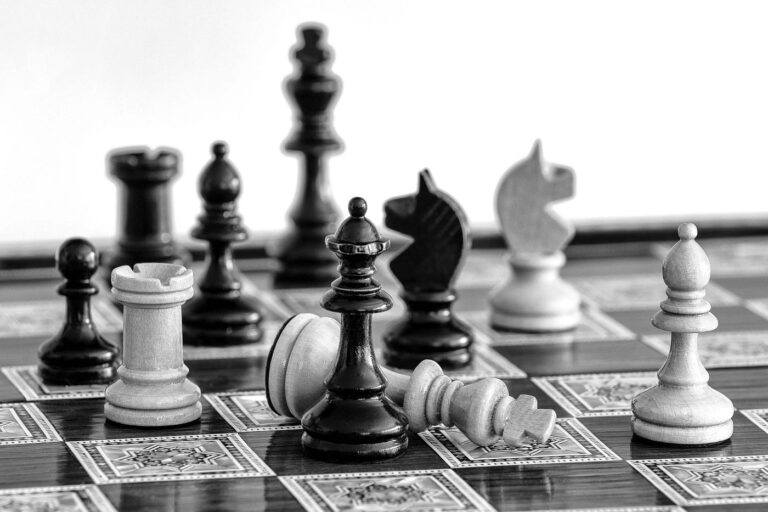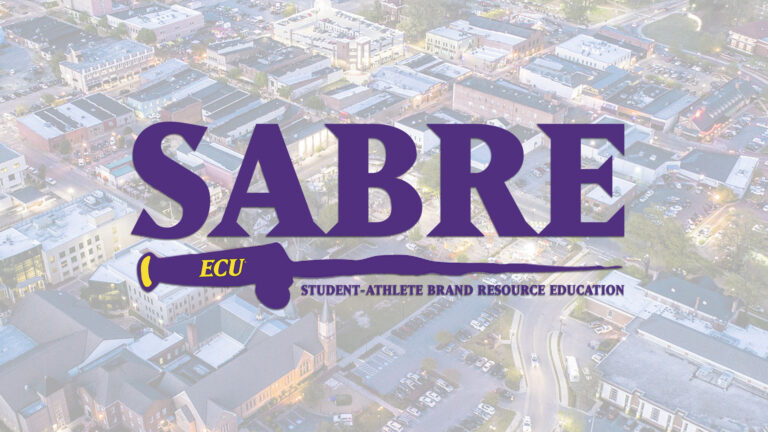Stick sports refer to a category of sports that involve the use of a stick or a similar instrument to play the game. These sports are popular worldwide and have a rich history. Stick sports require a combination of physical skills, hand-eye coordination, and strategic thinking. Some of the most popular stick sports include hockey, lacrosse, field hockey, and cricket.
Hockey is one of the most well-known stick sports, played on ice or on a field. It involves two teams trying to score goals by hitting a puck into the opponent’s net using a stick. Lacrosse is another popular stick sport, played with a small rubber ball and a long-handled stick with a net at the end. Field hockey is similar to ice hockey but is played on grass or artificial turf. Cricket is a bat-and-ball game played between two teams, with each team taking turns batting and fielding.
Choosing the Right Equipment for Your Stick Sport
Choosing the right equipment is crucial for playing any stick sport effectively and safely. The type of stick you use will depend on the specific sport you are playing. For example, in hockey, you will need a stick with a curved blade at the end to control the puck. In lacrosse, you will need a stick with a net at the end to catch and throw the ball.
In addition to the stick, protective gear is essential for safety in stick sports. This includes helmets, mouthguards, gloves, shin guards, and padding for certain areas of the body. The level of protection required will vary depending on the sport and the level of play. It is important to invest in high-quality equipment that fits properly to ensure maximum safety and performance.
Mastering Hand-Eye Coordination: Essential for Stick Sports
Hand-eye coordination is crucial in stick sports as it allows players to accurately control their sticks and interact with the ball or puck. Good hand-eye coordination enables players to react quickly and make precise movements, which are essential for success in stick sports.
There are several exercises that can help improve hand-eye coordination. One simple exercise is juggling, which involves tossing and catching objects such as balls or bean bags. Another exercise is using a tennis ball and bouncing it against a wall while trying to catch it with your stick. These exercises help train your eyes to track moving objects and improve your ability to react quickly.
Developing Strength and Endurance for Stick Sports
| Exercise | Repetitions | Sets | Rest Time | Intensity |
|---|---|---|---|---|
| Push-ups | 10-15 | 3-4 | 30-60 seconds | Medium |
| Squats | 10-15 | 3-4 | 30-60 seconds | Medium |
| Lunges | 10-15 | 3-4 | 30-60 seconds | Medium |
| Plank | 30-60 seconds | 3-4 | 30-60 seconds | Medium |
| Jumping Jacks | 20-30 | 3-4 | 30-60 seconds | High |
| Burpees | 10-15 | 3-4 | 30-60 seconds | High |
Stick sports require a high level of physical fitness, as they involve running, jumping, and quick movements. Building strength and endurance is essential for performing at your best in stick sports.
Strength training exercises such as weightlifting, squats, lunges, and push-ups can help build the muscles needed for stick sports. It is important to focus on both upper body and lower body strength to ensure overall fitness.
Endurance training is also crucial for stick sports, as games can be physically demanding and last for extended periods of time. Activities such as running, cycling, and swimming can help improve cardiovascular fitness and stamina.
Perfecting Your Technique: Tips for Better Stick Handling
Stick handling is a fundamental skill in stick sports that involves controlling the ball or puck with your stick. Proper grip and stance are essential for effective stick handling.
When gripping the stick, it is important to have a firm but relaxed grip. The top hand should be placed near the top of the stick, while the bottom hand should be placed lower down for better control.
Stance is also important for stick handling. The feet should be shoulder-width apart, with the knees slightly bent. This allows for better balance and stability while maneuvering the stick.
Drills can also help improve stick handling skills. One drill involves dribbling the ball or puck in a figure-eight pattern around cones or markers. Another drill involves practicing quick stick movements by tapping the ball or puck back and forth between the stick and the ground.
Strategies for Effective Team Play in Stick Sports

Teamwork is crucial in stick sports, as it allows players to work together towards a common goal. Effective communication and coordination are key for successful team play.
Communication is important for conveying information and coordinating plays. Players should communicate with each other through verbal cues, hand signals, or eye contact. This helps ensure that everyone is on the same page and can react quickly to changing situations.
Coordination is also essential for effective team play. This involves understanding each other’s strengths and weaknesses and working together to maximize performance. Players should practice drills that involve passing, shooting, and moving as a team to improve coordination.
Mental Toughness: Staying Focused and Confident in Stick Sports
Stick sports can be mentally challenging, as they require focus, concentration, and confidence. Dealing with pressure and stress is crucial for performing at your best.
One way to stay focused is to develop a pre-game routine that helps you mentally prepare for the game. This could include visualization exercises, deep breathing techniques, or listening to music that helps you get in the right mindset.
Confidence is also important in stick sports. Believing in your abilities and staying positive can help boost performance. Setting realistic goals and celebrating small victories can help build confidence over time.
Analyzing Your Opponent: Tactics for Winning in Stick Sports
Analyzing your opponent is an important aspect of stick sports, as it allows you to identify their strengths and weaknesses and develop strategies to exploit them.
One way to analyze your opponent is by watching game footage or studying their playing style. Pay attention to their tendencies, preferred moves, and areas where they may be vulnerable.
Once you have identified your opponent’s weaknesses, you can develop strategies to exploit them. This could involve targeting specific areas of the field, using certain plays or formations, or adjusting your defensive strategy to counter their strengths.
Training Drills for Improving Your Stick Sport Skills
Regular practice is essential for improving your skills in stick sports. There are specific drills that can help improve stick handling, passing, and shooting.
For stick handling, one drill involves setting up cones or markers in a zigzag pattern and dribbling the ball or puck through them. This helps improve control and agility.
Passing drills involve practicing different types of passes, such as short passes, long passes, and cross-field passes. This helps improve accuracy and timing.
Shooting drills involve practicing different types of shots, such as wrist shots, slap shots, and snap shots. This helps improve power and accuracy when shooting at the goal.
Taking Your Stick Sport to the Next Level: Competing at a Professional Level
If you aspire to compete at a professional level in stick sports, there are steps you can take to achieve your goal.
Firstly, it is important to join a competitive team or league that provides opportunities for high-level competition. This will allow you to gain experience and exposure to scouts and coaches who may be looking for talented players.
Secondly, it is crucial to continue practicing and improving your skills. Regular training sessions and participation in competitive games will help you refine your technique and develop a strong understanding of the game.
Lastly, it is important to maintain a positive mindset and stay dedicated to your goals. Professional sports require hard work, perseverance, and sacrifice. Surround yourself with a supportive network of coaches, teammates, and mentors who can provide guidance and encouragement along the way.
Stick sports offer a unique blend of physicality, skill, and strategy. Whether you are playing hockey, lacrosse, field hockey, or cricket, mastering the basics of stick sports is essential for success. By choosing the right equipment, developing hand-eye coordination, building strength and endurance, perfecting your technique, and understanding the importance of teamwork and mental toughness, you can take your stick sport skills to the next level. With regular practice and dedication, you can achieve your goals and compete at a professional level. So grab your stick, hit the field or ice, and continue to improve and enjoy the exciting world of stick sports.
If you’re looking to enhance your skills in a stick sport, you might also be interested in exploring other sports that involve different types of sticks. One such sport is pool, which utilizes a pool cue as the primary tool. Learning how to play pool can not only improve your hand-eye coordination but also enhance your strategic thinking and precision. To delve deeper into the world of stick sports, check out this informative article on sports that use a pool cue. It provides valuable insights and tips on how to excel in this exciting and challenging game.
How Do the Different Types of Sticks Affect Your Performance in Stick Sports?
The types of sticks used in stick sports can significantly impact your performance. Whether it’s hockey, lacrosse, or floorball, the material, length, and flexibility of the stick influence control, power, and precision during play. Choosing the right types of sticks tailored to your skill level and playing style boosts effectiveness on the field.






